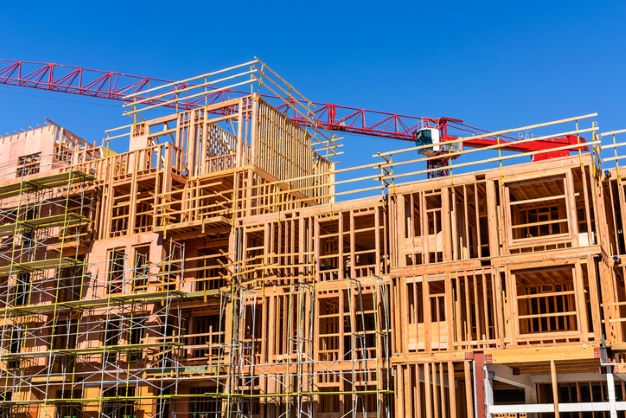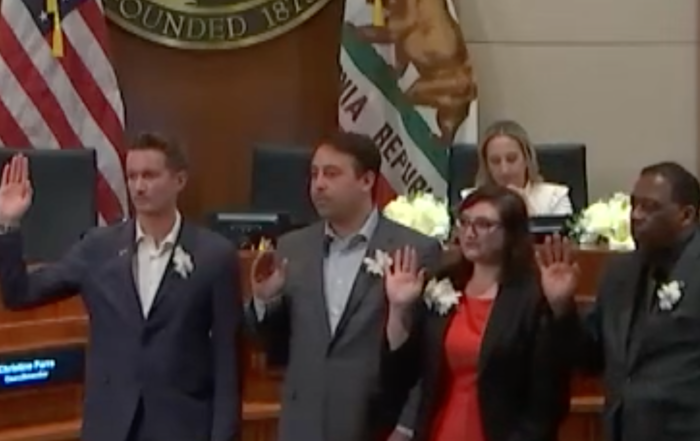Among a series of planning-related updates approved by the Santa Monica City Council Tuesday night was the approval of the implementation of Phase 2 of the Housing Element, which was required by state law to be completed by October 15.
Several small changes are being made as part of this implementation to ensure that city policies comply with state law. This includes adding an Accessible Dwelling Unit (ADU) Condominium Ordinance, policies to pursue a right of first offer ordinance for nonprofit affordable housing providers, and clarifications to several development processes.
Housing Elements are a part of the overall General Plan that guides the operations and planning of a city over a multi-year period. For Santa Monica, this is the Sixth State Element and is in effect from 2021-2029.
Many of the changes were clerical and meant to ensure that the elements’ policies complied with new and updated state laws, but some required that new programs be introduced to remain compliant. One of those changes is establishing the city’s obligation to pursue a Right of First Offer ordinance for non-profit affordable housing developers, which was enabled by SB 1079 passed in September 2020.
A right of first offer is a contractual right that allows the holder to make an offer on a property when the owner puts it up for sale. Giving this right to non-profit affordable housing providers through an ordinance would give these providers the right to make offers on buildings sold within the city before for-profit providers can.
However, city staff analysis points to Santa Monica not having the resources to create a successful program. One of the case studies the city referenced for the project — a program in San Diego — has significant annual funding and financial assistance provided that Santa Monica does not believe it could match.
Another new program is an ADU Condominium Program, which will allow ADUs to be individually sold or conveyed separately from the main units they are attached to. This local control of ADU transactions was allowed by AB 1033, which was passed in October 2023.
An addition that was requested by the city council in June was the implementation of a stricter Residential Unit Replacement Requirement. There is now a requirement to replace some of the residential units eliminated when a building is demolished with rent-controlled units as opposed to deed-restricted units as originally proposed.
Along with these changes, the council collectively made several decisions on other Planning Commission recommendations. They agreed to establish uniform setbacks of four feet, limit the height of fences to five feet, and establish a Ground Level Open Space requirement for Administratively Approved Affordable Housing Projects — which can be approved without council input — to 14 percent of the parcel area.
Several councilmembers had questions regarding these changes including Jesse Zwick, who wanted to establish a program for expiring affordable homeless covenants. Staff explained that while the California Department of Housing and Community Development recently released guidelines on handling these covenants, staff had yet to review or integrate the guidelines.
Additionally, he wanted to find a way to reward “innovative, cost-efficient, and environmentally safe construction” like factory-built, modular, or mass timber housing, but Planning Manager Jing Yeo explained that while the Department of Building and Safety is working on ways to identify and support these projects, they were not able to work it into the Housing Element because of the zoning code and a lack of direction to add incentives for these projects.
Councilmember Gleam Davis also supported rewarding innovative building techniques in the zoning code, asking about what process would be required to implement such incentives in the zoning code, to which Yeo responded that a simple motion separate from other actions taken could direct staff to integrate incentives for these projects.
Setbacks for properties — the distance between the end of the building and the property line or sidewalk adjacent to the lot — was another important topic that council members sought clarity on. Councilmember Caroline Torosis supported a Planning Commission recommendation to decrease the side and rear setback minimum to four feet for multi-family apartment buildings with units for rent, allowing for more effective lot space for construction.
“I would think that we would want to have apartment complexes for people who work in the city,” Torosis said.
The motion to implement Phase 2 of the Housing Element passed unanimously.
Photo by Sundry Photography on iStockphoto.com
Stay informed. Sign up for The Westside Voice Newsletter
By clicking submit, you agree to share your email address with Westside Voice. We do not sell or share your information with anyone.








